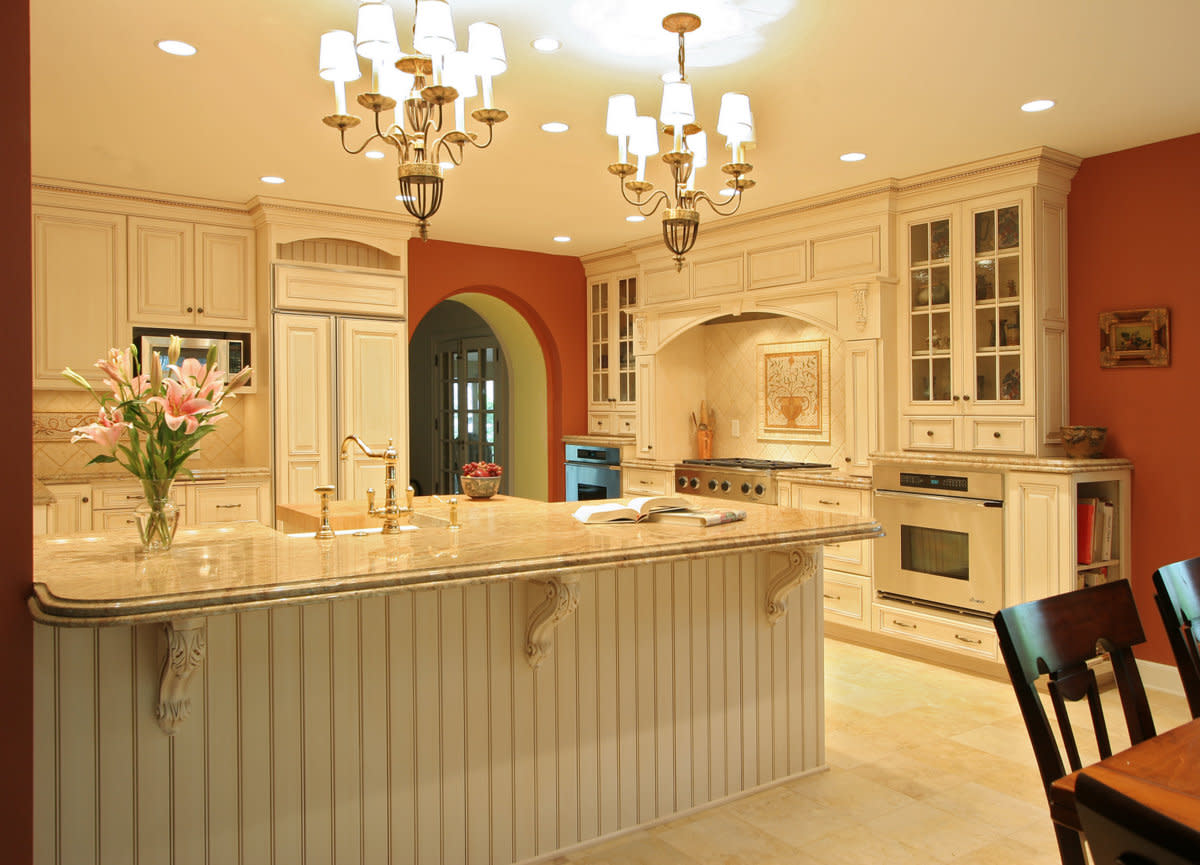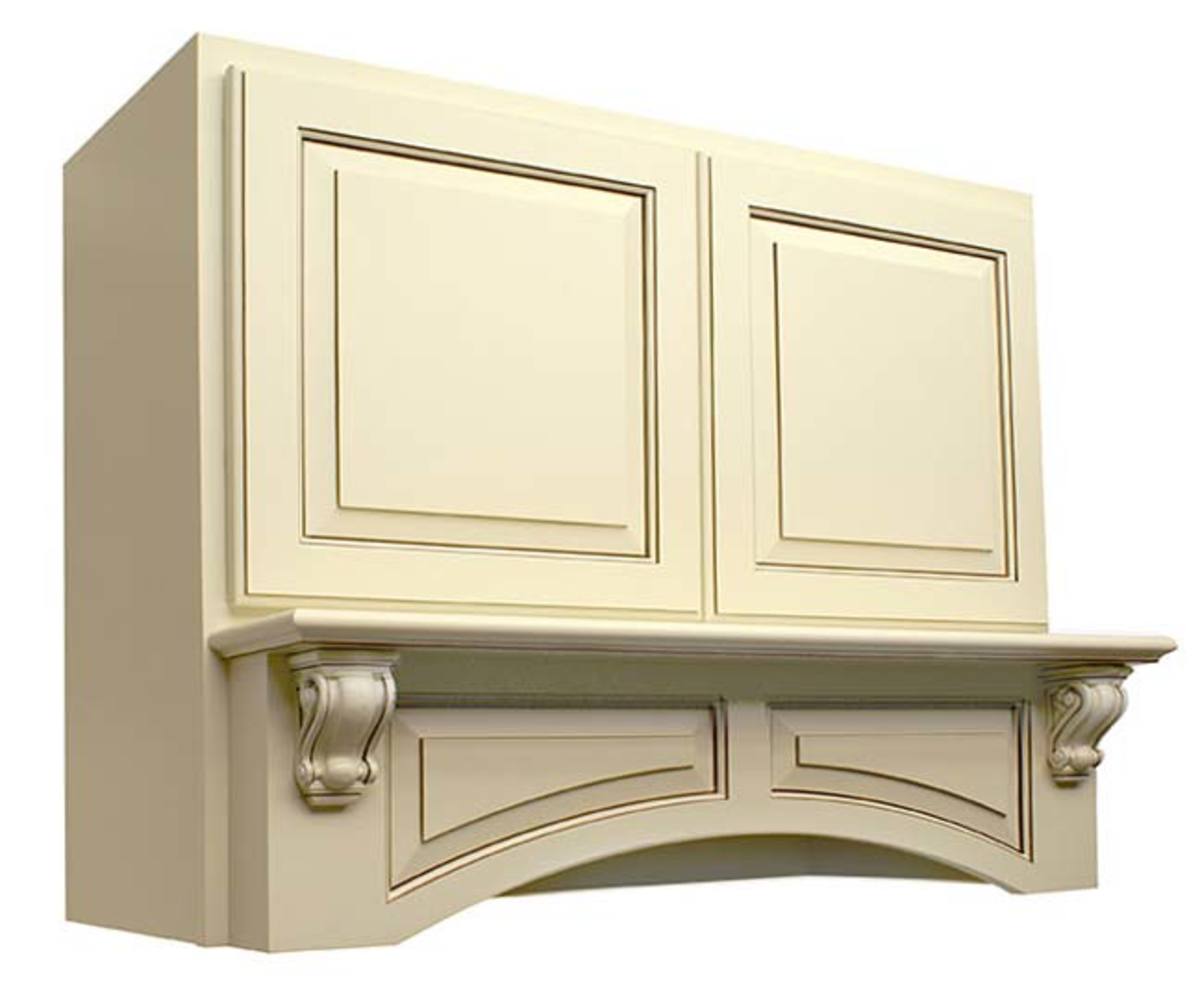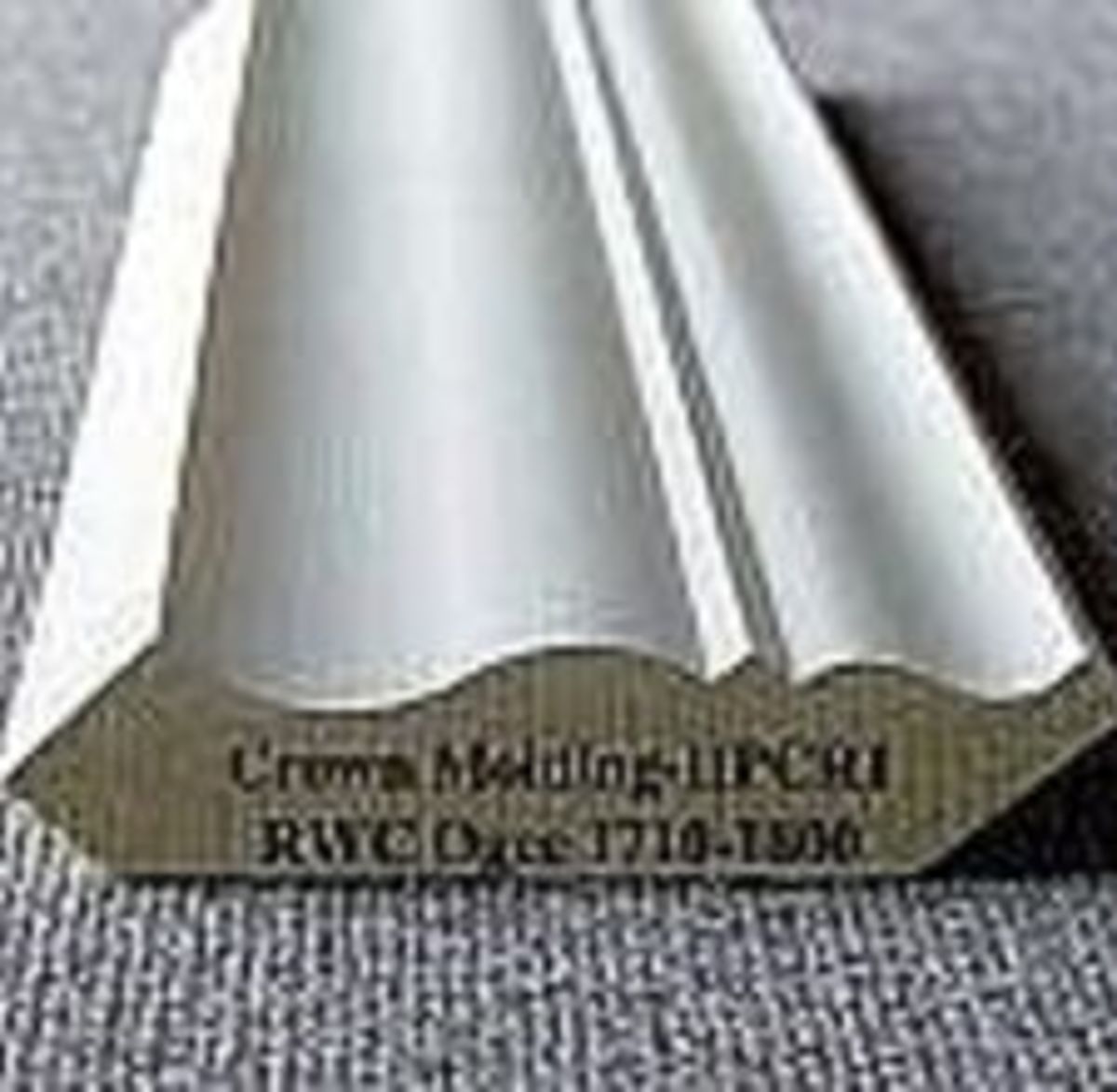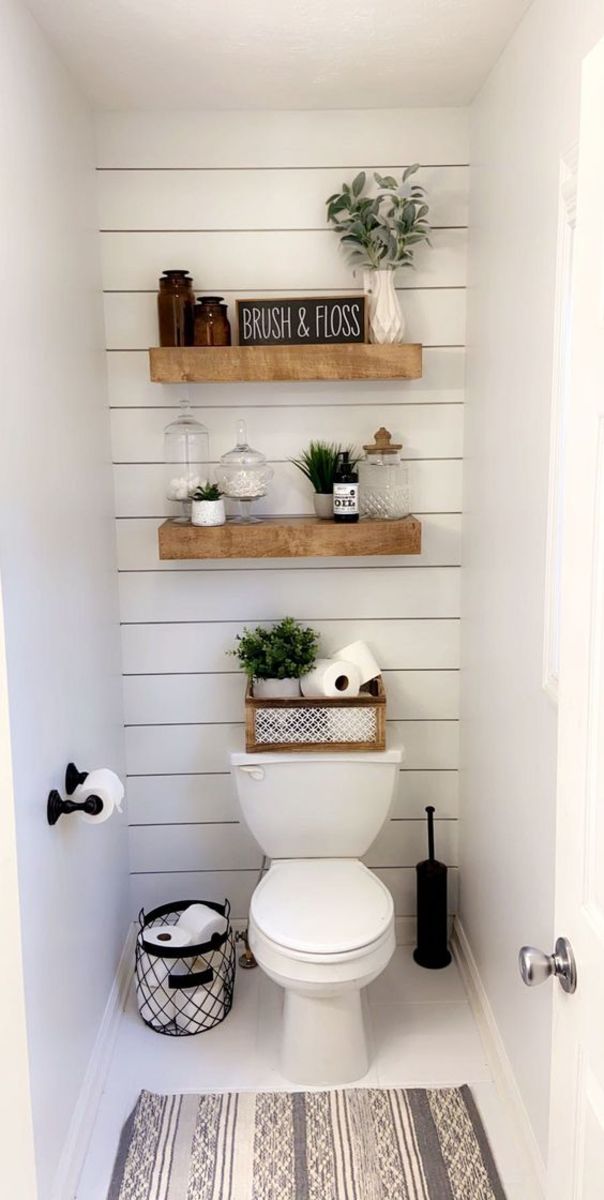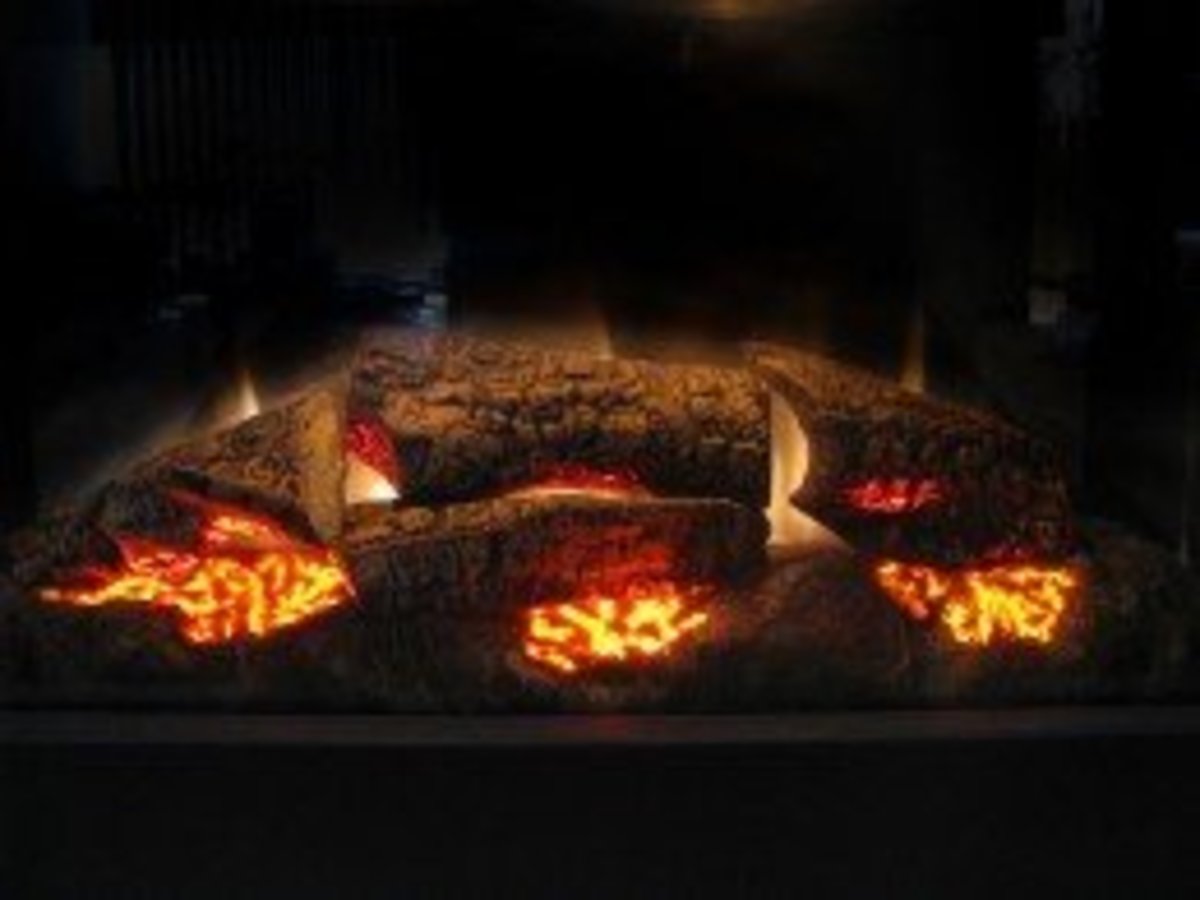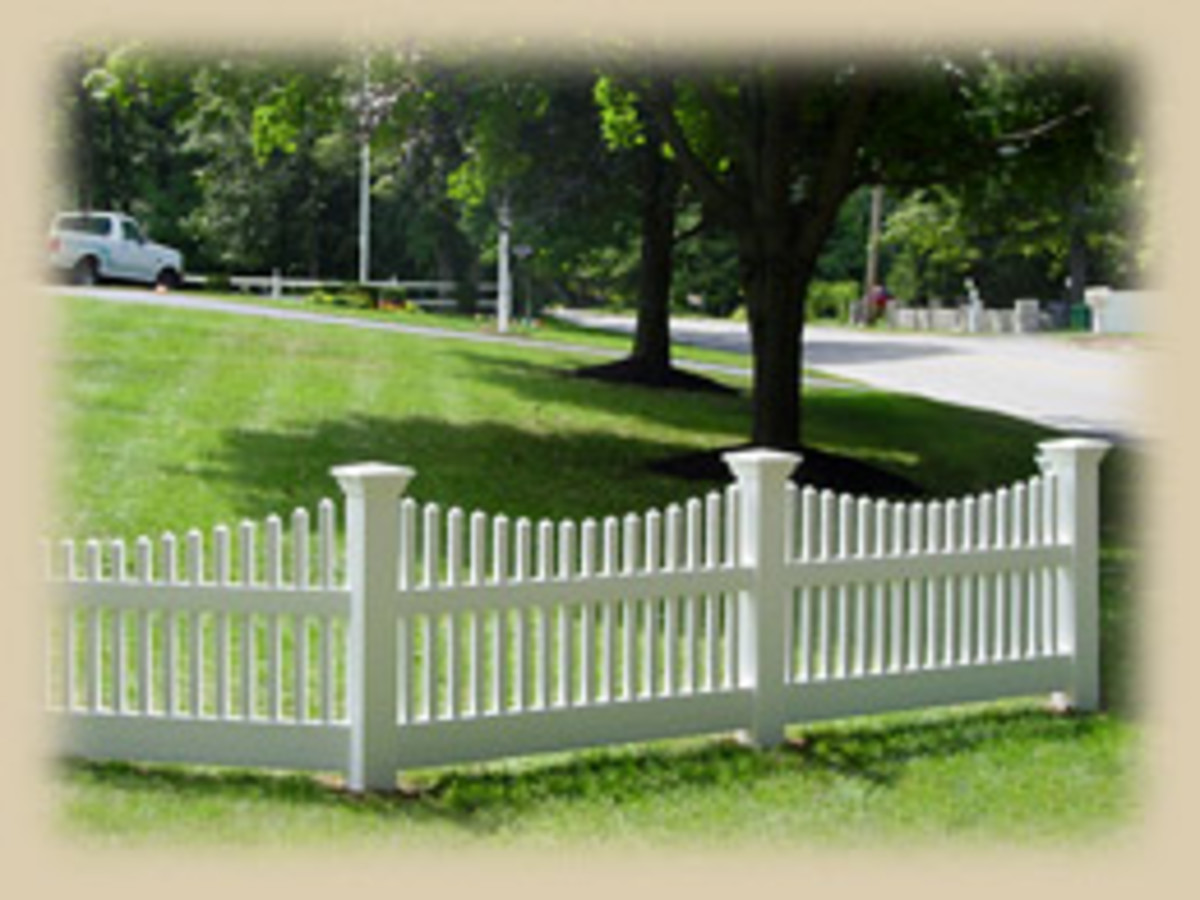Polyurethane Molding Review
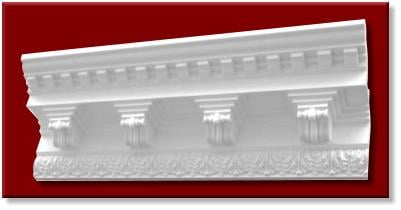
Polyuethane Moldings
Wood moldings have been available for centuries and millions of homes have been adorned by them. Wood, as a medium for moldings, has stood the test of time both in durability and suitability for shaping , painting and staining. Wood is readily available and has been a cost efficient material for moldings and other construction materials. However, with the advent of modern composites and manufacturing processes, other materials are changing the landscape of home improvement products in general and molding products in particular. Nowhere has this been more evident than with polyurethane molding products.
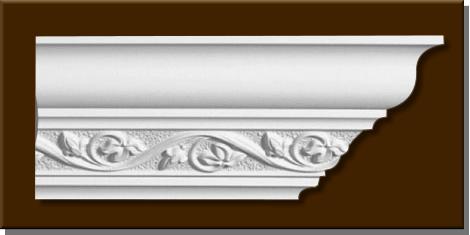
My review will discuss the differences between wood and polyurethane
moldings. The advantages and disadvantages of both materials, wood and
polyurethane, is best explained by the processes used to manufacture
them. Wood moldings are shaped in a machine called a "molder" (no
secret there). In a molding machine, a "blank" piece of wood (square
all sides) is passed through a series of cutters that have the same
profile as the finished molding piece. One cutter will typically shape
one side of the "blank". For deeper cuts two molding "heads" will be
used to make a rough and a final cut to get the proper depth and shape
of the finished profile. So wood is passed through a molder.
Polyurethane molding, on the other hand, is made IN
a mold. That is, the liquid polyurethane composite is poured into a
"reverse" mold to obtain the final shape. After curing, the molding is
"released" from the mold.
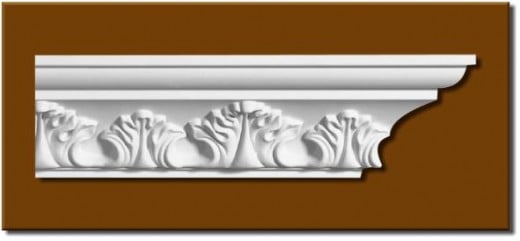
Both manufacturing processes yield their own significant advantages and disadvantages. Because polyurethane moldings are poured into a mold, very deep ornamentation is possible that is not possible in the wood molding process. That is why polyurethane moldings are known for their classical lines, shapes and motifs (see the image above). I should add at this point that ornamentation on wood moldings is possible but the best are hand carved (typically overseas) and not made in a molder (or at least not finished in a molder). See below. As such they are quite expensive . The 6" wide piece below retails for about $300.00 for an 8 foot piece in maple. An ornamented polyurethane molding of similar size would cost about $50.00.
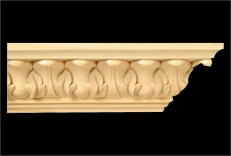
Which brings me to the next comparison. Wood moldings of similar size to polyurethane moldings are quite a bit more expensive - but this is more true for larger pieces and truer still for wood moldings that are carved.
On the down side, because of the limitations on the length of polyurethane molds, the longest available lengths of polyurethane moldings are 8 -12 feet. Wood moldings (plain and not carved) of 16 feet are not uncommon, on the other hand.
Another advantage of wood molding is its suitableness for staining. Polyurethane moldings can be stained but since there is not grain pattern in polyurethane moldings a grain pattern will have to be simulated in the straining process.
Polyurethane is more stable than wood. That is, it is less likely to shrink, "cup" or twist than wood. And this is why it is not uncommon to manufacture polyurethane moldings that are16" in width and wider. This would not be possible with wood because of its susceptibility to movement but also because of the width restrictions of wood molders. Most wood molders are capable of wooden moldings no wider than 9-10 inches.
The installation of wood and polyurethane moldings is much the same. One difference is that construction adhesive should be used for the polyurethane moldings with a few finish nails to hold until the adhesive cures. Otherwise the cutting and finishing are the same.
Summary
To sum up:
- Polyurethane moldings, because they are manufactured in a mold, can offer quite a bit of ornamentation not possible with wood moldings produced in a molder.
- Polyurethane moldings are less expensive.
- Wood molding are more suited for staining than polyurethane moldings.
- Wood moldings can be purchased in longer lengths.
- Polyurethane is more stable than wood thus wider pieces are possible.

